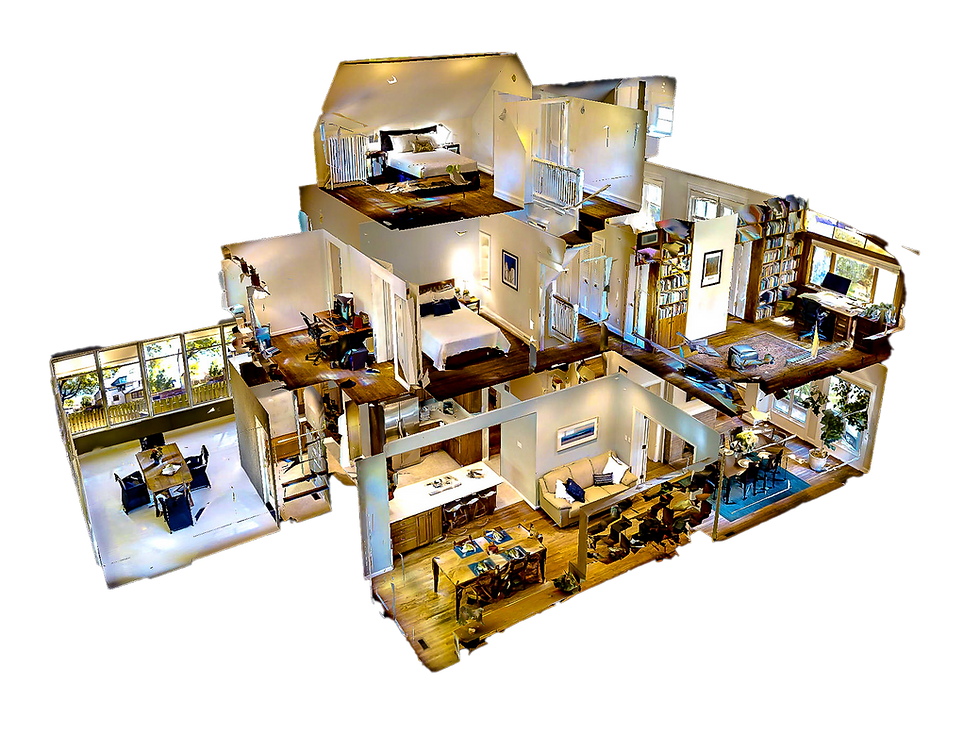Benefits of Drones in Construction
- Mike Jackson

- Jun 17, 2022
- 3 min read
Updated: Mar 27, 2023
Drones are becoming more and more popular across a range of industries, and the construction industry is no exception. In this blog post, we will discuss how drones are being used within construction and the advantages of using drones versus traditional methods. We will also look at some of the benefits of efficiency, safety and cost savings that come with using drones in construction.
One of the biggest advantages of using drones in construction is the ability to provide visual data on the progress of a construction project. Clients and other stakeholders are now able to get quick accurate updates on how works on site are proceeding.
Drones can be used to take regular photos or videos of a construction site, which can then be compiled into a time-lapse video. This provides construction managers with an easy way to track progress on a project and identify any potential issues early on.
Multiple photos can be combined using a process called photogrammetry. This can be used to create either a 2D high-resolution map of the construction project or the creation of a three-dimensional model of the construction site. The same flight path can be flown multiple times throughout the duration of the project, and the outputs can be compared to the output of a previous flight to identify the changes over a period of time. A generated 3D model can be used to measure and quantify stockpiles on construction sites. This information can then be used to order the correct amount of materials, which can save both time and money.
See below an example of a construction site where a 2D map has been produced. Use the plus and minus buttons in the top left to zoom in and out and drag to pan up or down.
The output for the 2D map can be downloaded and then marked up for pedestrian and vehicular routes around the site. 2D maps could also be marked up over time to track the relocation of species such as bats, newts, badgers etc, to communicate progress and current position with the conservation officer.
Multiple 2D drone maps can be taken at various intervals throughout the contract to track construction progress over specific periods of time. The drone maps can be overlaid and with a before and after slider; construction progress can be easily ascertained, as in the example below.
The output below is of a different construction site which is now represented as a 3D model. To navigate the model, you pan with the left mouse button, tilt and rotate using the right mouse button and zoom using the mouse wheel or buttons in the bottom right.
Another big advantage of using drones is that they can make construction sites safer. Pre-construction inspections can be undertaken remotely without having to enter hazardous areas. A pre-construction inspection can also identify potential hazards that are present on the site before giving the go-ahead to contractors, sub-contractors and suppliers. Construction monitoring. There are areas on a project, particularly during the early stages of the works, that are of higher risk from a Health & Safety perspective. With drone technology, humans no longer need to navigate riskier areas to monitor sites. The data captured can be analysed and transferred into a 3D-mapped model of the site. Drones can also be used to carry out inspections of high-risk areas, such as roofs and building facades. This means that construction workers no longer need to put themselves in potentially dangerous situations in order to carry out these inspections.
CAD drawings can be overlaid onto the mapped image to ensure elements such as footings, piles and below-ground services are all installed and in their correct locations. This would allow for more efficient monitoring, and sign-off as any potential issues could be identified and corrected before work on site progresses or elements back-filled.

Drone mapping of a site can also be used to monitor the movements of animals during the pre-construction stage. This information can then be used to help conservationists understand migration patterns and how animals interact with their environment. This knowledge can then be used to protect animal populations and their habitats.
As you can see, there are many advantages to using drones in construction. Drones are changing the construction industry for the better and making projects safer, more efficient and more cost-effective. If you're working on a construction project, make sure you consider incorporating drones into your workflow. Get in touch, and we would be more than happy to discuss how our services could be of assistance to your project.
If you found this blog post helpful, please share it with your friends or colleagues! We hope you found this information useful, and if you have any questions, please feel free to get in touch with us.



